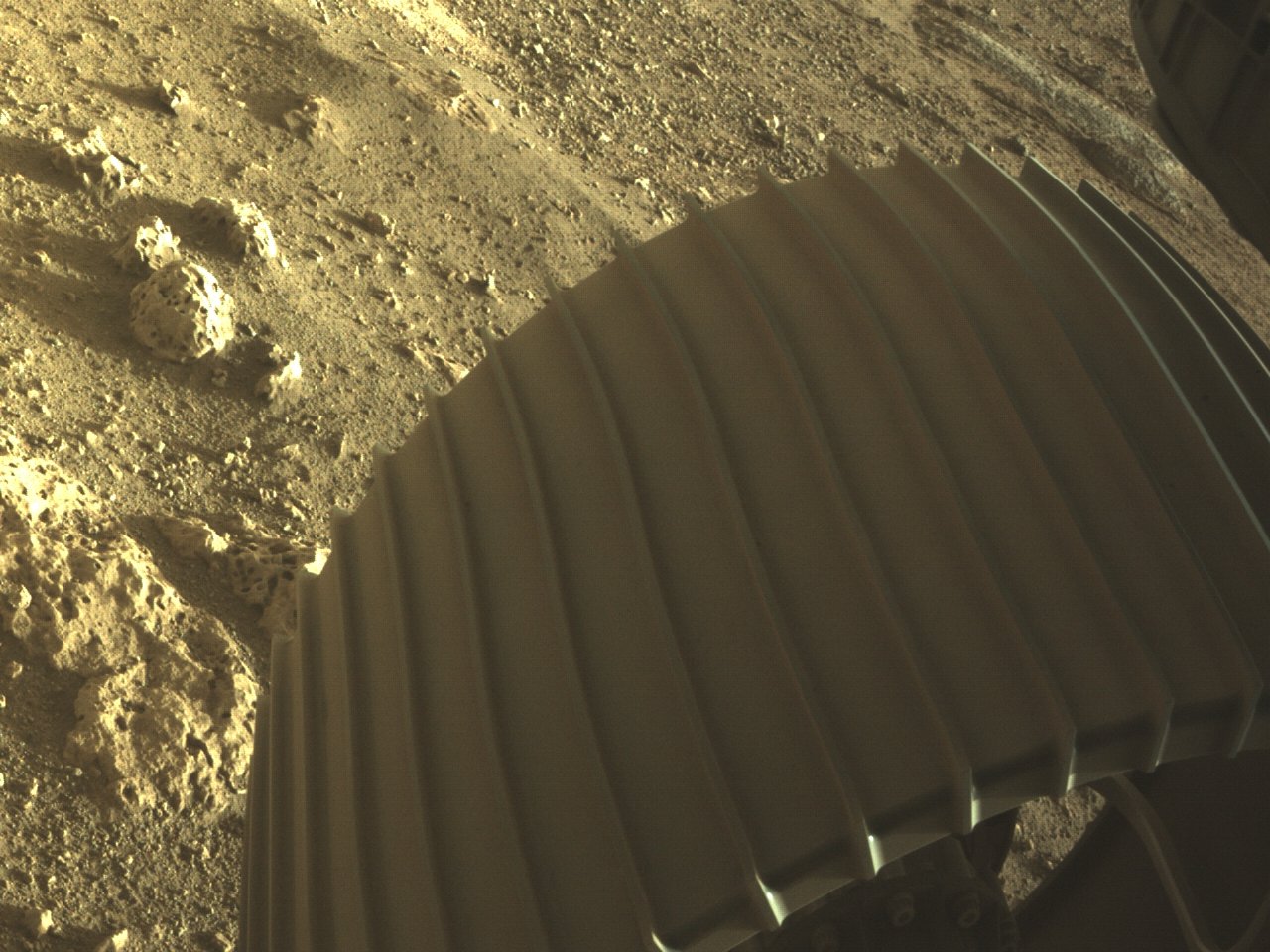
Mars had ponds & rivers, now it's turning dry; study explains unusual reasons
Study raises the theory that Mars had a thin atmosphere throughout its river-forming era, and became uninhabitable as the result of constant-pressure cooling

Mars once had rivers and ponds but the water evaporated about three billion years ago. Nobody knows why this happened and a new study by University of Chicago scientists has provided unusual answers to the wet-to-dry transition.
Earlier, many scientists had assumed that losing carbon dioxide from the atmosphere, which helped to keep Mars warm, caused the trouble. But the new findings, published in Science Advances, suggest that the change was caused by the loss of some “other important ingredient” that maintained the planet warm enough for running water. But we still don’t know what it is, according to the University of Chicago.
Also read: A home in Mars: IISc, ISRO researchers develop space bricks technique
As per the latest study, titled “Changing spatial distribution of water flow charts major change in Mars’s greenhouse effect”, Mars’ atmosphere today is so thin that it is close to the triple point of water, so lakes on early Mars probably formed under a thicker atmosphere. Carbon dioxide (CO2) is, in the modern inner solar system, a key greenhouse gas for regulating climate change.
Alternative explanation
However, even when H2O vapour feedback is considered, additional non-CO2 warming is needed to warm early Mars enough for rivers. Therefore, changes in non-CO2 radiative forcing are an alternative explanation for Mars’ wet-to-dry transition. The relative importance of these two mechanisms has not been investigated, so the prevailing explanation of the wet-to-dry transition remains untested, it added.
The researchers reconstructed the history of Mars’ greenhouse effect using geologic proxies for past river activity that time-resolve Mars’ desertification. They also compared the proxy data to a climate model to retrieve changes in the greenhouse effect and also to assess the extent to which the changes were the result of changes in CO2 radiative forcing versus non-CO2 radiative forcing.
“People have put forward different ideas, but we’re not sure what caused the climate to change so dramatically,” said University of Chicago geophysical scientist Edwin Kite.
“We’d really like to understand, especially because it’s the only planet we definitely know changed from habitable to uninhabitable,” he added.
Kite and his collaborators ran many different combinations of various factors in their simulations, looking for conditions that could cause the planet to be warm enough for at least some liquid water to exist in rivers for more than billion years — but then abruptly lose it. But as they compared different simulations, they saw something surprising. Changing the amount of CO2 in the atmosphere didn’t change the outcome. That is, the driving force of the change didn’t seem to be carbon dioxide, according to the University of Chicago.
Greenhouse gases
The researchers at first thought the reason for Mars drying was due to greenhouse gases.
“Carbon dioxide is a strong greenhouse gas, so it really was the leading candidate to explain the drying out of Mars. But these results suggest it’s not so simple,” said Kite, an expert on the climates of other worlds.
“We don’t know what this factor is, but we need a lot of it to have existed to explain the results. It’s really striking that we have this puzzle right next door, and yet we’re still not sure how to explain it,” added Kite.
“Mars is the only world whose surface is known to have become uninhabitable… Our results raise the possibilities that Mars had a thin atmosphere throughout the river-forming era, and that Mars became uninhabitable as the result of constant-pressure cooling. This study does not rule out the hypothesis that the end of surface habitability on Mars was ultimately driven by atmospheric decay, but suggests that loss of non-CO2 radiative forcing (not loss of CO2) played a dominant role in the changing spatial distribution of water flow,” the researchers said.

